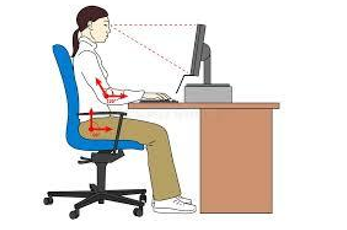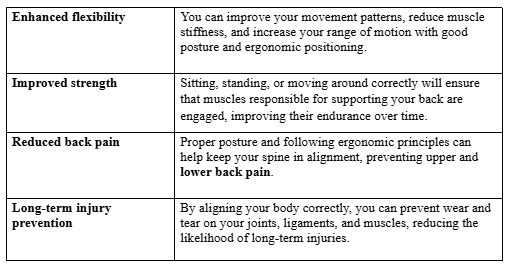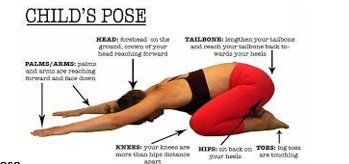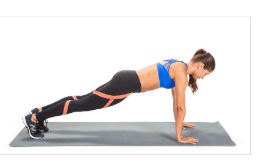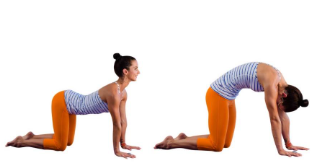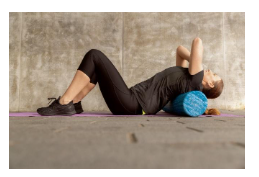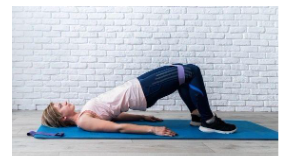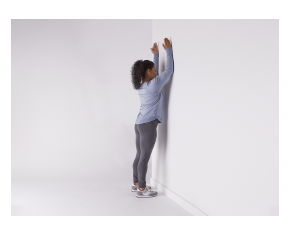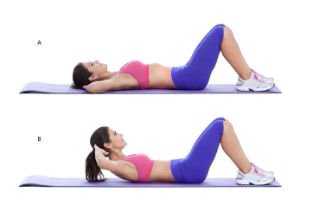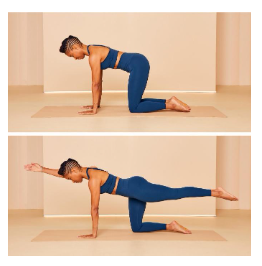Perfect your Posture: The Key to a Strong and Pain-Free Back

Why does my back hurt when I stand or sit for too long? Do you find yourself asking this question to yourself too often
If the answer is Yes, you might be having posture and ergonomics-related problems. Poor posture or lack of ergonomic consideration causes mechanical stress in your back, neck, arms, and legs by adding tremendous pressure to your back muscles and spinal discs, leading to back pain.
Besides being initially uncomfortable poor sitting posture and work place ergonomics gradually can damage the spinal structures and can be a cause of recurrent back and neck pain.
Strong, Pain-Free Back: Understanding the Importance of Posture Ergonomics
Let's first discover how crucial posture and ergonomics are for improving back health.
Do you think standing tall or sitting up straight is all what you need to do to ensure a good posture? But there's more to it! Maintaining proper posture is about ensuring your spine, shoulders, and pelvis are properly aligned to reduce unnecessary strain on your body. You should know that posture affects your spine’s health, which in turn affects the health of your overall body. If your spine is bent, turned, or twisted in a specific direction for long, your back might experience pain, muscle tension, discomfort, and even spinal deformities.
Talking about ergonomics, it refers to studying human posture, i.e., how people should sit, stand, or move around for a healthy body. You might be able to reduce your risk of back pain and injury by implementing ergonomic principles into your daily routine, whether you're driving, doing housekeeping, or working at a desk. Moreover, it's advisable to use ergonomic chairs, desks, and tools designed to support your body’s natural positioning.
The following discussed are the benefits of proper posture ergonomics:
8 Posture Ergonomic Exercises to Strengthen Your Back and Relieve Back Pain
According to the Lancet study, about 87.5 million cases of lower back pain are accounted for in India. If you are one of these, you can reduce your back pain and increase its strength by engaging in exercises that target posture and strengthen your spinal muscles.
Since poor posture is the reason behind your weak, stiff, or aching back, practising targeted posture exercise can help strengthen your back and prevent long-term pain while boosting your overall health and mobility. So what exercises to perform? Here, we've compiled some posture ergonomics poses for a strong, pain-free back.
In this section, we have enlisted some effective exercises to improve posture, relieve existing pain as well as prevent future discomfort by improving muscle balance, flexibility, and spinal alignment:
This yoga-based, restful stretch can help elongate your spine and relieve neck and lower back tension while promoting relaxation.
How to do it?
-
Start in the tabletop position by kneeling on the floor, bringing your big toes together, and sitting back on your heels.
-
Stretch your arms in front of you while lowering your torso towards the ground.
-
Hold for 30 seconds to a minute and focus on deep breathing.
-
Perform 10-15 repetitions.
-
High Plank
High planks are ideal exercises for good posture, reducing back pain, and building core strength throughout your entire body.
How to do it?
-
Start in a push-up position with your forearms on the floor and your body in a straight line from head to toe.
-
Hold this position for 30 seconds to a minute while engaging your core and keeping your chest open and shoulders back. Try to keep your hips raised and avoid sagging your lower back.
-
Cat-Cow Stretch
One of the effective neck hump exercises, cat-cow stretch, can help reduce neck hump. It works by massaging your spine to relieve tension along your entire back and increase blood flow.
How to do it?
-
Start on all fours, i.e. hands and knees, in a tabletop position. Place your hands beneath your shoulders and knees below your hips.
-
Inhale as you look up and drop your abdomen towards the ground for a cow pose.
-
Next, exhale as you arch your spine towards the ceiling while tucking your chin towards your chest.
-
Repeat the same pose for 10-15 rounds.
-
Thoracic Extension
Do you feel tightness in your mid-back? If so, consider doing thoracic extension exercises to relieve mid-back tension, improve upper back flexibility, and boost overall spinal mobility.
How to do it?
-
Sit on the floor with your legs extended in front of you and place a foam roller behind your upper back.
-
Cross your arms over your chest and slowly roll up and down your upper spine while focusing on tensed areas.
-
Bridges
You can strengthen your glutes, hamstrings, and lower back by practising bridges 10-15 times daily.
How to do it?
-
Lie on your back, bend your knees, and your feet should be flat on the floor.
-
Lift your hips while engaging your glutes and hamstrings.
-
Hold the pose for 3-5 seconds before lowering.
-
Do this exercise 10 to 15 times.
-
Wall Extension
As the name suggests, wall extension exercise requires you to use a wall to perform the stretch. Doing this posture exercise, you can stretch and strengthen your back, shoulders, and upper spine while reducing neck hump.
How to do it?
-
Stand in front of a wall and keep your feet a few inches apart to your shoulder’s distance.
-
Bend forward and try to place your palms on the wall. While doing so, try to stretch your arms as far as you can.
-
When in this position, your face should face the ground.
-
Hold the pose for 5 seconds and repeat 10-12 times.
-
Partial Crunches
Another simple posture ergonomics exercise you can add to your routine is partial crunches. This gentle exercise will help strengthen your core, back, and abdominal muscles without stressing your spine.
How to do it?
-
Lie on your back, bend your knees, and keep your feet flat on the floor.
-
Cross your arms over your chest and slowly raise your shoulders a few inches from the ground while engaging your core muscles.
-
Hold the position for 2-5 seconds, then slowly lower your shoulders back to the ground.
-
Repeat this exercise for 10 to 15 times.
-
Bird Dog
It’s one of the low-impact posture correction exercises to ease back pain by stabilizing the core muscles and lower back during the movements of legs and arms.
How to do it?
-
Start on all fours by placing your hands under your shoulders and knees under your hips in a tabletop position.
-
Extend your right arm forward and left leg backwards simultaneously while tightening your abdominal muscles and keeping your back flat.
-
Hold this position for a few seconds, then return to the starting position and switch sides.
-
Repeat this pose 10-12 times per side.
Wrapping up it all!
Many people commonly experience back pain, especially lower back pain, due to poor movement or activity. Indulging in the above-discussed exercises targeting posture improvement and back strength can help prevent back pain, improve flexibility, and enhance overall well-being.
Do you still struggle with back pain? Want to learn more about back pain treatment options? Schedule an appointment with our physiotherapist at Medanta today!
